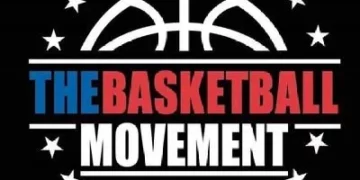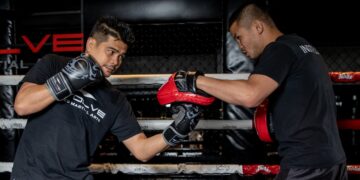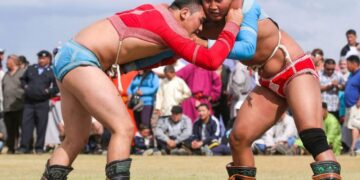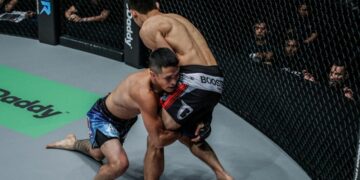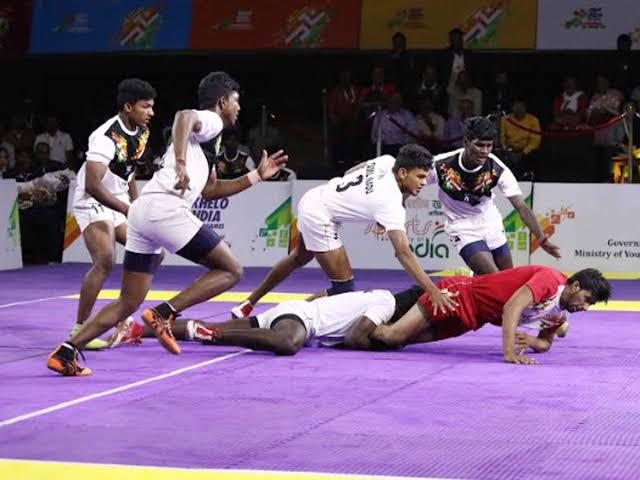
Combat sports demand a fluid synergy of raw power, speed, mobility, balance, and agility. Animal movements are one of many ways fighters can strengthen their bodies to perform optimally. These exercises involve mimicking the movements of animals, helping to engage many muscles you didn’t even know you had.
This article will explore how channeling your inner animal can improve your fighting abilities.
Why Fighters Need To Move Like Animals
Animal movements have been a part of martial arts training for centuries. Exercises like bear crawls, shrimping, and crab walks have frequently been used as warm-ups in many dojos worldwide, and that’s not a coincidence.
These movements often target many muscles in your body while forcing your core to keep you steady as you move. This makes them excellent exercises to build functional strength. Imitating animal movements also forces your body to move in unconventional ways, improving flexibility and agility.
Some other benefits of animal movements include:
- Improved Athleticism: Many sports, martial arts included, require multidimensional movements that conventional exercises don’t prepare you for. Animal movements require you to move in unconventional ways, strengthening parts of your body your weightlifting routine might be neglecting. Performing unconventional movements teaches your muscles to work in ways that could be beneficial on the mats.
- Increased Mobility: Animal movements engage your joints from different angles, pushing their range of motion and lubricating them. For example, crocodile walks require constantly twisting and rotating your core. It’s an excellent exercise for strengthening your spine, and it engages almost every muscle in your body, particularly your shoulders.
- Improved Coordination: Animal movements stimulate the system of ligaments, tendons, and connective tissues that work together to produce fluid movements, making them work in directions they might not get engaged in while performing conventional exercises. The result is improved coordination.
Five Animal Flow Moves To Unleash Your Inner Predator
Now that we’ve gone over some of the benefits of making animal movements a part of your training routine, let’s go over some of the popular animal movements used in combat sports training:
1) Crocodile Walk
Crocodile walks give your shoulders, triceps, and core an excellent burn, building muscle endurance in these areas, which translates positively to fight training. For example, boxers must have strong shoulders to keep their hands up for the duration of a fight while throwing punches.
To perform crocodile walks:
- Start in a low plank position while keeping your arms and legs shoulder-width apart.
- Lower your torso until it’s as low as you would get when performing push-ups. Your body should be barely hovering above the ground.
- Start crawling by bringing one knee up toward the elbow on the same side while simultaneously moving your other arm forward. When done correctly, your movement should imitate a crocodile’s movement on the ground.
2) Bear Crawl
Bear crawls help to improve full-body coordination and hip mobility, which is vital for martial arts like Muay Thai, Wrestling, and Brazilian Jiu-Jitsu. The exercise is particularly brutal on your quads and delts, increasing muscle strength, endurance and helping you outlast opponents on the mats.
Bear crawls engage virtually every muscle in the body, making them an effective way to build muscle and cardiovascular endurance simultaneously.
To perform bear crawls:
- Start in a push-up position with your legs straight behind you about hip-width apart, and your hands shoulder-width apart.
- Bend your knees and keep your back straight as you start crawling forward by moving your right arm and left leg forward.
- Alternate the arm and leg movements to push yourself forward as you crawl.
Tip: Try moving backward when performing bear crawls to engage your hamstrings.
3) Crab Walk
Crab walks help to strengthen your chest, back, and shoulders. It’s an excellent exercise for your posterior chain and improves rotational stability.
To perform crab walks:
- Sit down with your hands placed behind you for support, palms and feet flat on the floor, and your knees bent. Your feet should be hip-width apart.
- Lift your butt off the ground slightly, with hands and feet carrying all of your weight.
- Step forward by moving your right hand and left foot, and repeat with your opposite hand and foot. Keep moving until you’ve reached your limit. You can make the exercise even more challenging by adding leg lifts as you move to engage your abs more.
4) Monkey Jump
Monkey jumps are a plyometric exercise that helps to increase leg strength and agility. The exercise mimics how monkeys jump from tree to tree, and it’s an excellent way to increase your explosive strength.
Here’s what the exercise looks like:
- Start in a standing position with your feet shoulder-width apart.
- Lower yourself into a squat while swinging your arms back, to create momentum.
- Jump as high as you can while trying to cover as much distance as possible. Bring your knees toward your chest while jumping.
- Land on the balls of your feet and quickly squat to absorb the impact before jumping again. Continue until you reach fatigue.
5) Frog Jump
The frog jump helps build serious upper-body strength, which is handy when grappling. It’s a straightforward exercise but the most challenging on our list.
Here’s how to perform frog jumps:
- Start in a squat position with your feet hip-width apart and your arms extended in front of you.
- Make sure to lean your body forward while keeping your back straight before jumping.
- Jump forward onto your hands so they’re momentarily carrying all your weight before returning to the starting position. Repeat as many times as you can before taking a break.
You can make frog jumps more challenging by transitioning into a handstand after your jump and slowly bringing your body back to the starting position.
A Complement To Your Regular Training
Animal movements might be what you need to give you an edge on the mat, ring, or cage. These exercises engage your muscles and connective tissues in unconventional ways, building functional strength and muscle endurance. Push yourself to your limits by creating circuits with these exercises!
You may also like:
Hypertrophy Exercises VS Strength Exercises: A Comparison & A Closer Look
Running has historically been a considerable portion of many martial arts fighters’ training regimens, but it’s not the only way to get your heart pumping and build up your cardiovascular endurance. Many non-traditional workouts challenge…
High-intensity training is one of the best and most effective ways to reach your fitness goals, whether for general health or conditioning as a martial artist. It helps push your mind and body to the…
Juggling work obligations, family responsibilities, and martial arts training can be challenging. Micro workouts are one of the ways people with busy schedules keep their bodies in excellent shape without spending hours at the gym….
Figuring out if your workouts should consist mainly of hypertrophy or strength exercises comes down to your fitness goals. Are you there to get bigger or stronger? Hypertrophy training is what you need to build…
A solid core serves as the foundation that enables martial artists to execute various techniques in these ancient styles. Your core is the group of muscles in your hips and midsection that surround your spine,…
When working out to your max, you will most likely experience muscle tension. It is a rite of passage for anyone who loves pushing their bodies to the limit. We’ve all been there before; you…
Have you ever heard that voice that says, “Maybe I should get my backside off the couch and do something cool?” MMA could be the fun new activity you’re looking for. No, training won’t turn…
Finally, the school holidays are around the corner! Busy parents, don’t tear your hair out if your children are at home. There are more ways to keep them entertained besides Netflix’s selection of children’s TV…
Martial arts training is intense. It demands strength, endurance, flexibility, and mental focus. Whether practicing Brazilian Jiu-Jitsu, Muay Thai, boxing, wrestling, or MMA, the sheer physical and mental exertion required takes a toll on the…
One Muay Thai Flyweight superstar, Rodtang Jitmuangnon, is set to face Japan’s kickboxing superstar, Takeru Segawa, in a Flyweight Kickboxing super-fight on March 23 at ONE 172 in Japan’s Saitama Super Arena. They are among…
The back is the most dominant position in grappling sports such as Brazilian Jiu-Jitsu, Submission Grappling, and Mixed Martial Arts, both in the stand-up and on the ground (back mount). In the stand-up, it allows…
Becoming a great fighter in martial arts requires more than strength, speed, or endurance—you must also be smart. While most martial artists typically aren’t viewed as the most cerebral members of society, there are clear…




